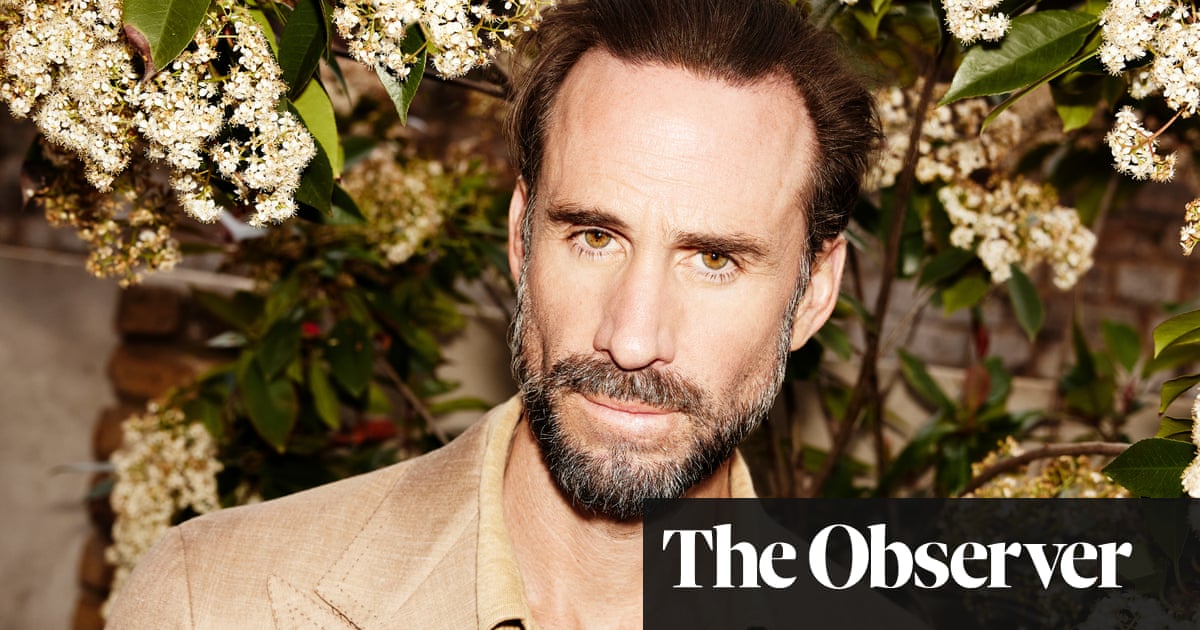
A year ago, Laura Pye would have said that she had been a champion of diversity throughout her career. And then George Floyd’s murder sparked a movement that took hold in the UK on an unprecedented scale.
“I would have said that I was anti-racist before, but I never understood the scale of racism and what that looks like on a daily basis in some parts of our society until the last 12 months,” she said.
Pye is the director of National Museums Liverpool (NML), a collection of seven museums and galleries in the city. One of those is the International Slavery Museum (ISM), which opened in 2007. As demonstrations spread last summer and the statue of the slaver Edward Colston was toppled in Bristol, the conversation in Britain turned to the lasting impact of the slave trade.
ISM was perfectly placed to contribute. “Liverpool is absolutely a city that is built on transatlantic slavery. You see in our architecture, you see it in our street names, you see it everywhere you look,” said Pye, which meant there was a “maturity” to the discussion compared with some areas of the UK.
ISM describes itself as a “campaigning museum” that works to end contemporary forms of slavery and is Britain’s only museum where you can officially report hate crime. According to Pye, the aims of ISM include documenting the story of Africa before slavery, “but also to talk about the legacy of transatlantic slavery for the UK – and one of those legacies is institutional racism”.
The museum found itself deluged with press requests, and NML quickly released a statement in solidarity with black communities in Minneapolis and around the world. As in many workplaces, the focus also turned inwards. Only 5% of NML’s 600 or so employees are black, Asian or an ethnic minority. In a city with one of Britain’s oldest black communities, only 0.5% of the museum employees identify as black, African, Caribbean or Black British.
Jennifer Abrahim, a 32-year-old administrative co-ordinator for the Museum of Liverpool, said she found the days following Floyd’s death “quite traumatic”. “People were just relentlessly sharing the footage [of the killing], so it was absolutely everywhere.”
For Abrahim, who is half-Iraqi, the conversations had brought back memories of racism she had faced growing up in Liverpool, including being pelted with objects from a car and having Islamophobic abuse shouted at her following the 7/7 bombings.
In the days that followed, she was due to take minutes at a regional arts meeting, where “the majority of the CEOs across the consortium are white” and knew that a response to BLM would be discussed. She recalls feeling “anxious as to how it was going to be spoken about”.
Sahar Beyad, who is the only person of colour on NML’s PR and communications team, also struggled. She said: “It was everywhere and you just couldn’t switch off.” Falling during the height of lockdown in the UK, where people of colour had died in disproportionate numbers, Beyad found continuing with daily meetings while keeping her “emotions in check” almost unbearable.
“A number of my colleagues, probably for the first time, saw a very emotional side to me,” she said.
Along with others in the sector, NML reflected on the diversity of its collections and the stories it was telling through its exhibitions. The Museum of Liverpool began a project to collect objects telling the story of the city-wide BLM protests, the Walker Art Gallery pledged to become more transparent about the links between the collections and the slavery and panels were put up advertising the group’s commitment to the BLM movement.
“We’ve been quite good at public programming and stuff that is project-based,” said Pye, who moved back to her home city in 2018 to take up the role. But “our workforce diversity was then, and still is not, representative of the communities in which we live.”.
Only 5% of NML’s 600 or so employees are black, Asian or an ethnic minority. Pye said it was great to work to make the museums and galleries more representative, “but actually if our workforce isn’t representative, then really how diverse are we as an organisation?”.
NML established an anti-racism steering group, which included senior managers. Many of the agenda items were not new – they had had an external advisory group of community members for years, but the BLM movement gave it renewed vigour. Also invited were the BAME staff group, co-founded by Dr Richard Benjamin, ISM’s director. Fifteen years after it was established, there are fewer than 10 of them who meet regularly. One staffer said many of the employees of colour work in more insecure roles such as cleaning or catering, and feel unable to attend meetings around their shift patterns.
The group would regularly meet to discuss workplaces issues, to “check in” with one another and “act as a sounding board” for ideas, Beyad said, or a “safe space” as Abrahim put it. As well as discussions one on one with current staff, Pye sought out former employees of colour. This was “a whole load harder, but also a whole load more useful”, said Pye.
NML have set themselves a target of improving staff representation from ethnic minorities to 14% by 2030 – more in line with an estimate of the city’s demographics. However, “museums are the least diverse part of the cultural sector”, Pye said. A report from the Arts Council in 2019 found that 5% of staff in major museums in England were black, Asian or an ethnic minority. “It’s a sector-wide issue”, agrees Benjamin, but says there is also a lack of diversity among relevant courses within higher education.
Another factor is attracting people of colour to apply for jobs in the first place. NML has changed its recruitment processes in an attempt to improve accessibility, including where they advertise and holding open sessions to answer questions.
The subject matter may be off-putting as well. Pye said she had heard from ex-staffers the difficulties of dealing with subject matters such as the transatlantic slave trade “when it’s really quite raw for you as an individual, it is your heritage that you’re talking about, and you’re constantly having to … try to find a way of presenting it as we are trying to do [in the museums]”.
Benjamin can relate. “British Guyana, and Demerara, where my dad’s from – that’s a big narrative in the museum.”
Benjamin says he tells staff members to “never take the human element out of it, and never try to hide or contain your emotions”, but acknowledges that he has dealt with it in his own way, describing himself as a “stoic Yorkshireman”.
“Sometimes I maybe need to take a bit of time out because it is emotionally draining.”
While the past 12 months have been difficult for many staff members, Beyad says she has been encouraged by the “momentum”. As a member of Museum Detox, a network for people of colour who work in museums and galleries, she says she feels “lucky” to have the support from the staff group, as well as a director who is straightforwardly determined to make change.
“I know there are many other organisations within the art world who haven’t had that,” she said.
A year on, does Pye feel more or less hopeful that NML can make the necessary change? About the same, she says. She is “more realistic now. I think I understand the scale of the challenge more than I did 12 months ago.”












